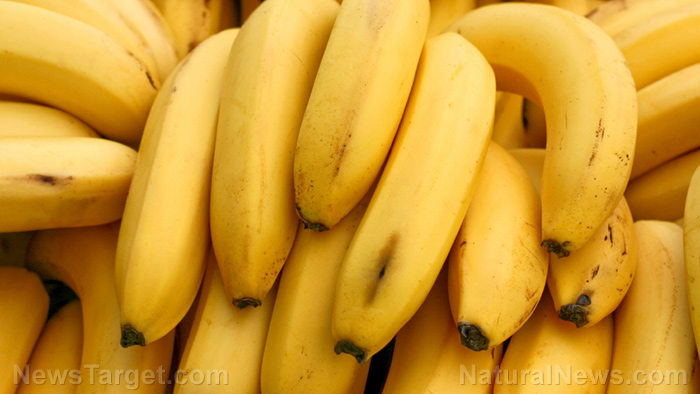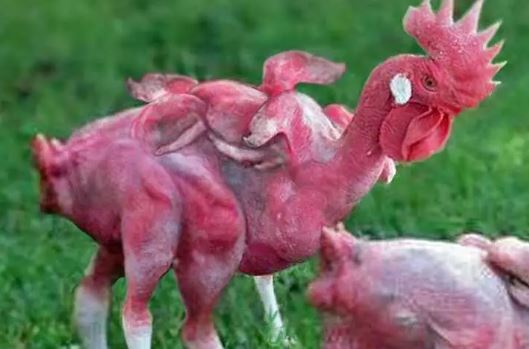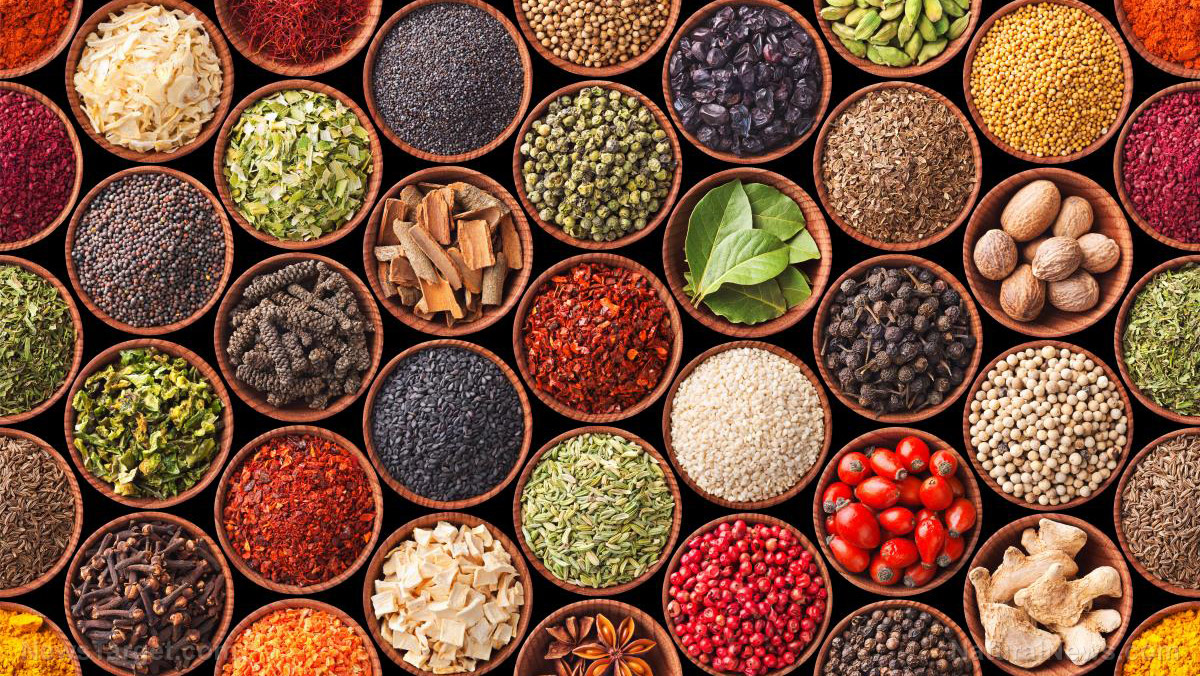
Because bananas are a fruit that so many people enjoy, it's now in danger of being gone -- forever.
A fate similar to that of its predecessor?
Over 1,000 varieties of bananas are grown and consumed all over the world. Among these, the most common subgroup is the Cavendish banana (Musa acuminata Cavendish Subgroup), which accounts for around 47 percent of global production. It's also at the mercy of two plant pathogens, which are already scavenging their way through monoculture plantations of the fruit, leaving nothing in their wake.
"We are in danger, with so much of the market taken up by this one subgroup," explained Nicolas Roux, a scientist at Bioversity International in France, in an article on Live Science.
The current predicament that banana growers face is eerily similar to that of the subgroup's predecessor, the Gros Michel, or "Big Mike." Before the Cavendish cultivar, people all over the world enjoyed the large, creamy and sweet banana. However, in the 1950s, a condition known as Fusarium wilt or Panama disease started wiping out banana plantations in Latin America, the world's major banana-producing region at the time. In response, breeders developed a cultivar that was almost completely resistant to Panama disease: the Cavendish banana.
Since then, the Cavendish banana has grown to be the most widely exported and among the most commonly consumed cultivars worldwide.
"For Western countries, the vast majority of the bananas we eat are from the same Cavendish subgroup," added Roux.
But the Cavendish banana's claim to being almost wholly resistant to Panama disease would only last until the turn of the century. In the 1990s, a new strain of Panama disease, called Tropical Race 4, started killing bananas. The strain gets into the stem and cuts off its water supply, killing the plant over time.
Even worse, the pathogen thrives in monoculture farming, or growing single species across vast areas. Since Cavendish bananas are grown asexually, that is, by cutting off plant stems and replanting them to grow on their own, this means that the new Panama disease can affect swaths of banana plants that lack resistance to the pathogen.
"When you have monoculture, you just have this endless amount of food for the pest — it's like a 24-hour buffet," explained Angelina Sanderson-Bellamy, an ecologist at the University of Cardiff in Wales.
The new strain of Panama disease has spread to Australia, East Africa and even Asia, including China, India and Taiwan. Experts fear that if Panama disease reaches South America, where most Cavendish bananas are grown, it could be the end of the beloved yellow fruit that people enjoy the world over.
Another fungal disease plaguing bananas today is the black sigatoka, a leaf spot disease that can significantly reduce fruit yields. In recent years, the risk of infection from black sigatoka has increased by as much as 50 percent in some areas.
It's worth noting, however, that other varieties of bananas are grown in other parts of the world, with some being resistant to Panama disease altogether. For Roux and his team, they're looking at local varieties of the fruit and asking growers to focus on developing these further.
But for Sanderson-Bellamy, she believes that now is a good time to look at changing how people grow bananas. (Related: Bananas now on the brink of EXTINCTION.)
"It's been 70 years [since the first fusarium wilt outbreak] and we still haven't come up with a new variety that could tick all these boxes," she added. "I think there is a crisis in our food system, and I think the [Cavendish] banana is a good example of the way that crisis is manifesting itself."
Sources include:
Please contact us for more information.























